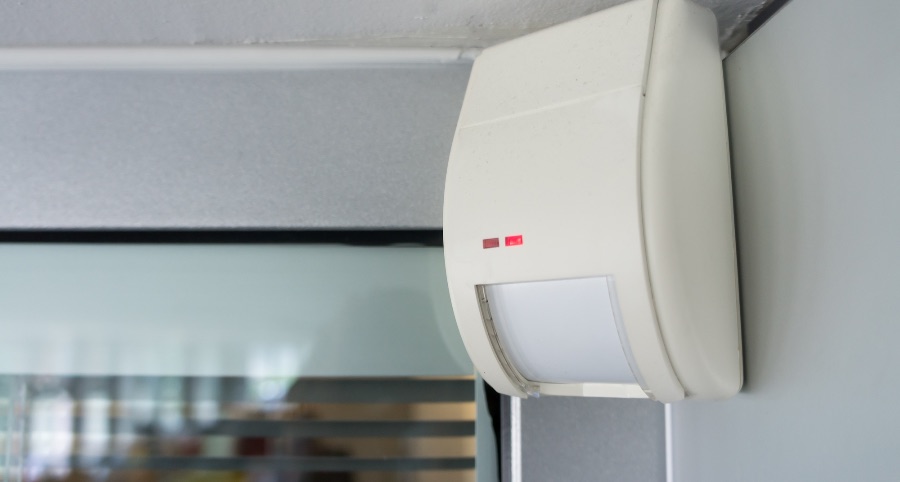How Do Motion Detectors Work In Brownsville?

You’ve probably got a fairly decent grasp of what motion detectors do simply based on their name. Of course, they identify activity, but how specifically do they work? Take a moment to learn about the technology that drives them and the many types of sensors you might come across. You’ll get a deeper comprehension of how they work and how you can integrate them into your modern smart home.
What is the technology that powers motion detectors?
Identifying motion can be done in a few different ways, but motion detectors are usually placed into one of two categories - active or passive.
● Active motion detectors: These instruments are viewed as active, as they regularly transmit transmissions like microwaves and then calculate the time of response. Activity is signified when the return time changes. Even though microwave sensors are most often found, you’ll also encounter active motion detectors that utilize sound waves or infrared light.
● Passive infrared (PIR) motion detectors: Usually encountered within home defense systems, PIR motion detectors work by recognizing variations in the surrounding temperature. In essence, the component notes what the usual temperature is expected to be within a designated area. If there are instant heat surges, like a burglar sneaking along the room, the sensor recognizes it and initiates your security alarm. Since they don’t continuously transmit signals, passive detectors generally need less power and are more cost-effective to run.
Along with active and passive, you may come across hybrid devices that use more than one technology. These can help reduce false alarms, as each sensor must be triggered before the warning siren sounds. Other options include vibration motion detectors and tomographic sensors that are commonly utilized in larger commercial or industrial facilities.
How to incorporate Brownsville motion detectors
The chief purpose of motion detectors is to detect movement within a given area, generally to a distance of 50 feet away. You’ll commonly find them incorporated into outside floodlights or as standalone devices inside your property. When activity is sensed, they’ll set off your alarm and inform your 24/7 monitoring agents.
But contemporary motion detectors are more versatile than at any time before. As a matter of fact, they are able to communicate directly with other smart equipment. For instance, they can signal your linked smart light bulbs to turn on or your surveillance device to record if movement is detected. They can even signal your smart thermostat to modify the temperature.
Receive immediate alerts and adjust settings for furry friends
Another tremendous perk of modern motion detectors is that you’ll have immediate updates delivered to your smartphone every time the device is triggered. If you own house pets, you may even preempt false alarms by adjusting settings to take into account the size of your four-legged companions.
Design Your Vivint Smart Home With Motion Detectors in Brownsville
Now that you have a deeper understanding of how motion detectors work in Brownsville, it’s a great time to integrate them into your contemporary smart home. Vivint’s motion detectors oversee large areas, offer wide-angle functionality, and last for many years without requiring a change of battery. They’ll also work in harmony with your additional home automation devices. Are you ready to start? Call (956) 948-3547 to converse with a knowledgeable Vivint specialist today.